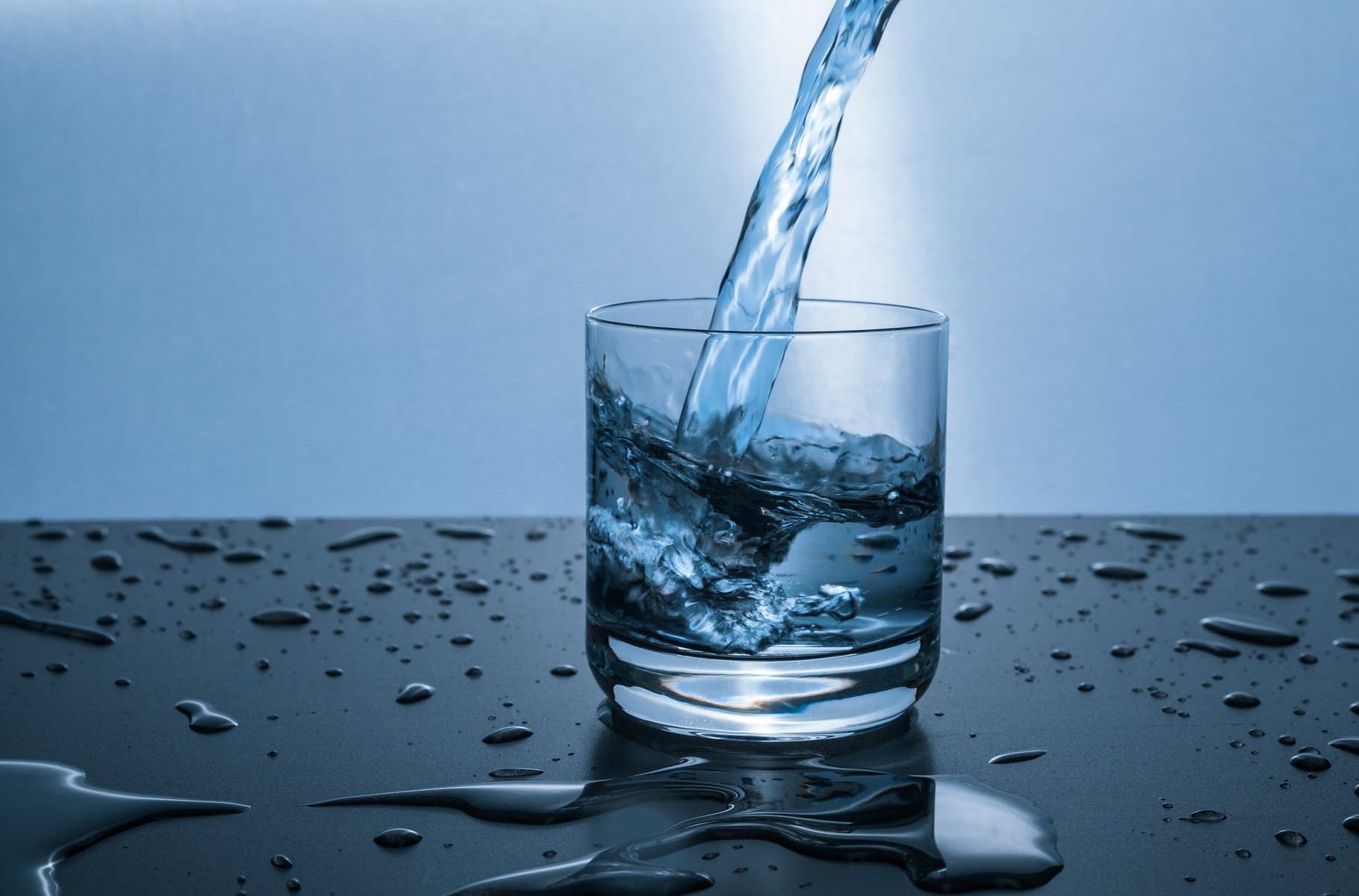The Trail Show Salty Segment February 2019
The Question
Dear Salty,
I noticed in one of your Instagram posts you talked about fasting and I did an “american amount” of research. Looks interesting and healthy and I always thought fasting meant just not eating for days and days, I didn’t realize there were different kinds. Anyway, it seems like it is really good for your cells and I wondered if fasting is a good thing to do on trail, and if so, how in the hell could you do it? The thing I look forward to most is my bedtime snack of cashews and coconut flakes, and then I usually eat as I’m walking out of camp, which means I have about 8 hours of not eating. I can’t imagine going longer than that on trail!!!
Please educate!
Wolfmoon
The Answer
Disclaimer: I’m not a doctor. If you follow any medical advice given on the trail show and it turns out poorly, please send any complaints to trailshowlegal@thetrailshow.com.
Now, on to the question.
Is fasting a good thing on trail?
Eh, it could be. But it could also be risky considering how much other stress you’re putting your body under. Here’s what I mean.
There are lots of types of fasts, like the extended multi-day fasts you refer to, alternate day fasts, liquid fasts, and more. What the listener is referring to is intermittent fasting. Intermittent fasting usually refers to compressing your feeding window to 12 hours or less in a 24 hour cycle. For example, 14 hours of fasting followed by a 10 hour feeding window. The point is not to reduce overall calories but to compress the feeding window to give the digestive system and metabolic processes a break.
What would be the potential benefits?
There’s a lot of research happening around fasting right now. It’s been shown to increase autophagy & clear out damaged cells, improve immunity, improve mental clarity and concentration, support fat loss, lower blood insulin levels, and increase energy, among other things.
And what are the risks?
It’s important to remember that fasting is a stressor and your body is already under a lot of stress on a long hike. Exercise is a stressor. Eating crappy food is a stressor. The body responds well to small amounts of stress, but too much stress on the body leads to chronic inflammation, which is counteractive to what you’re trying to accomplish with a fast.
You can also throw your adrenals and hormones out of whack, both of which happened to me in the past. Not from thru-hiking specifically, but from thru-hiking plus having a lot of other stress in my life. Which leads to another important point: women should be especially careful with fasting, on trail or off, because our hormones are really sensitive to disruptions. If your adrenals are already stressed or if you’re underweight, fasting would not be a good idea.
So, while fasting is a really helpful health tool, I’d say for most people, it’s probably smarter to leave the fasting for when you’re at home or when you’re in town for a few days.
But…if you do try it, here’s how I’d go about it.
In terms of timing, fasting overnight is easiest because you’re sleeping most of that time. I wouldn’t go much beyond a 12-14 hour fast, which would mean a 10-12 hour feeding window. It’s already difficult enough to get in the calories you need on trail. Of course as hikers we’re known for shoveling it in, but the shorter your feeding window, the more you risk not eating enough in that window. Chronically under-eating makes it hard to properly refuel your glycogen and rebuild muscle. When that happens, your body breaks down and your endurance suffers.
If you know it’s something you want to try, I’d highly recommend experimenting with it at home first. Train your body to rely more on fat stores for fuel than incoming glucose, which will make fasted hiking less…uncomfortable. This could be achieved by gradually lengthening your current fasting window. Eat dinner earlier, avoid evening snacks, and push breakfast later. Doing fasted morning workouts would also be beneficial.
So, that’s my A to your Q, Wolfmoon. Hope it helps provide some clarity!

